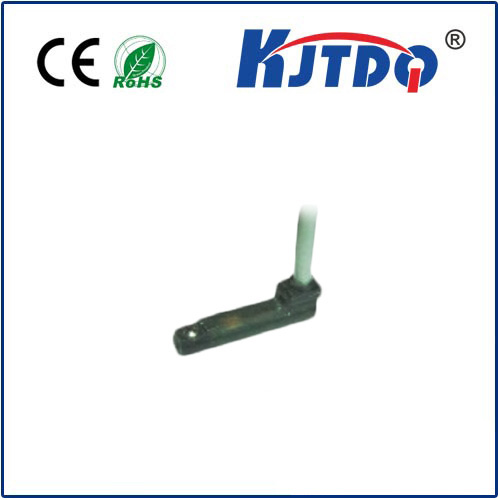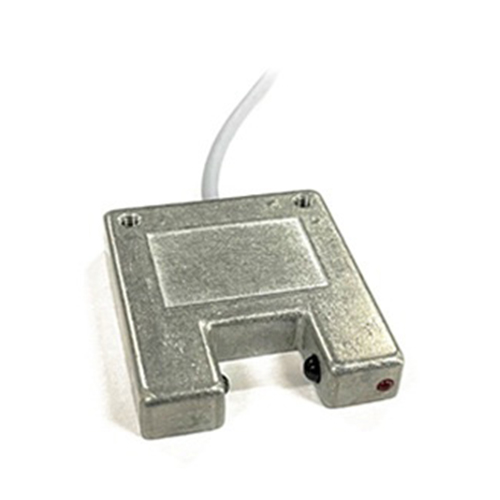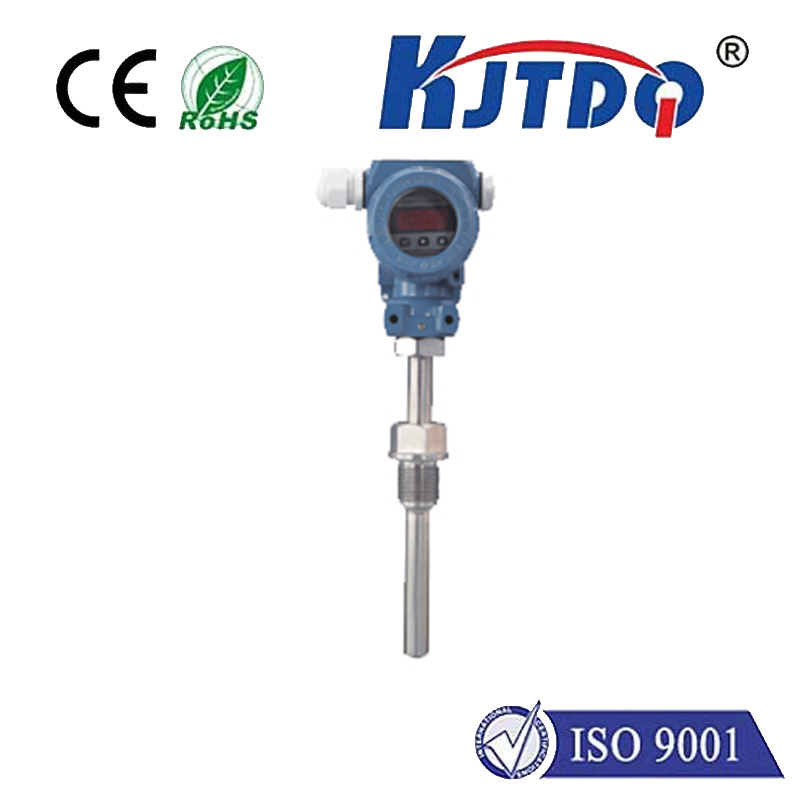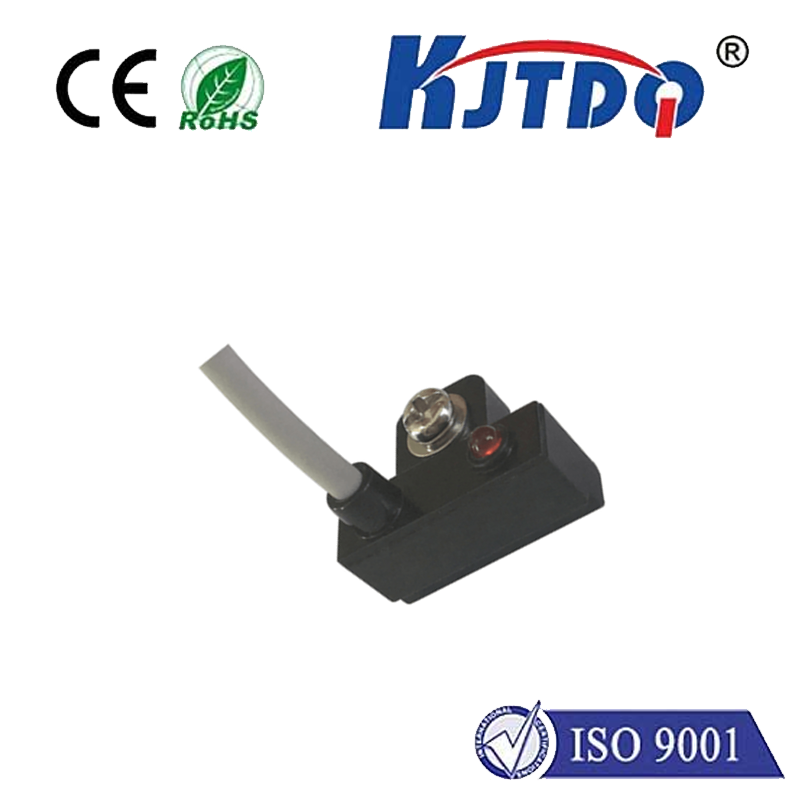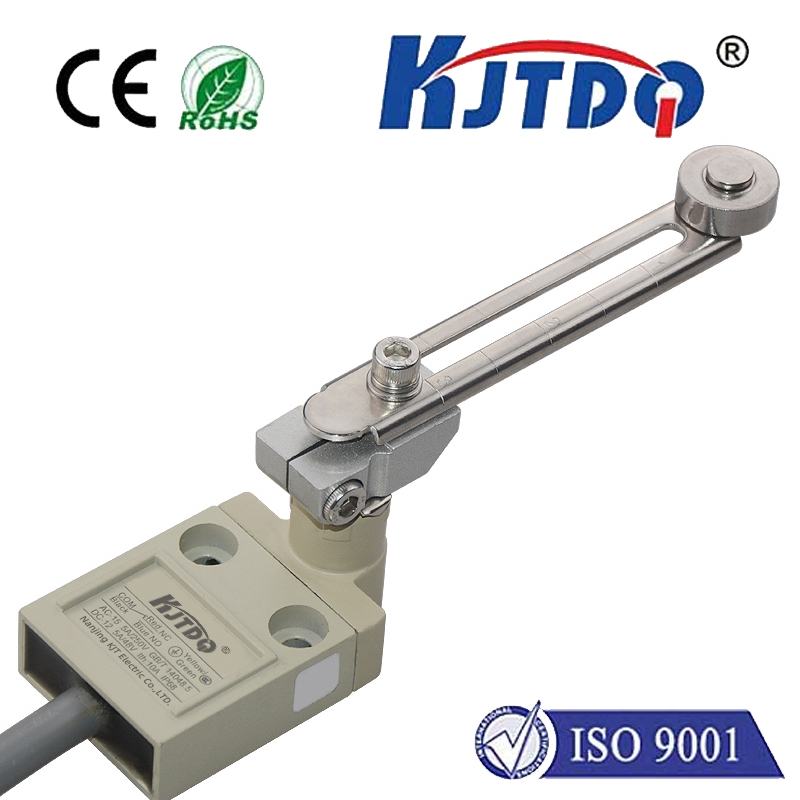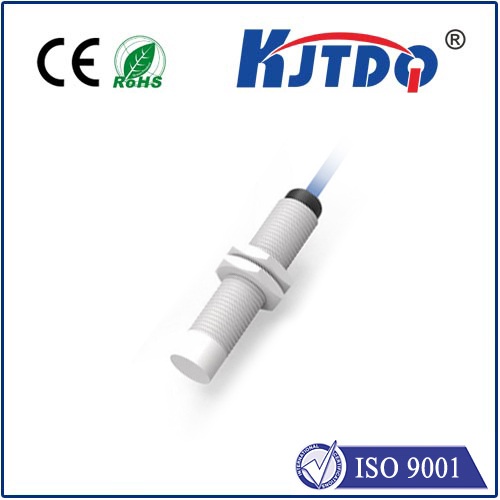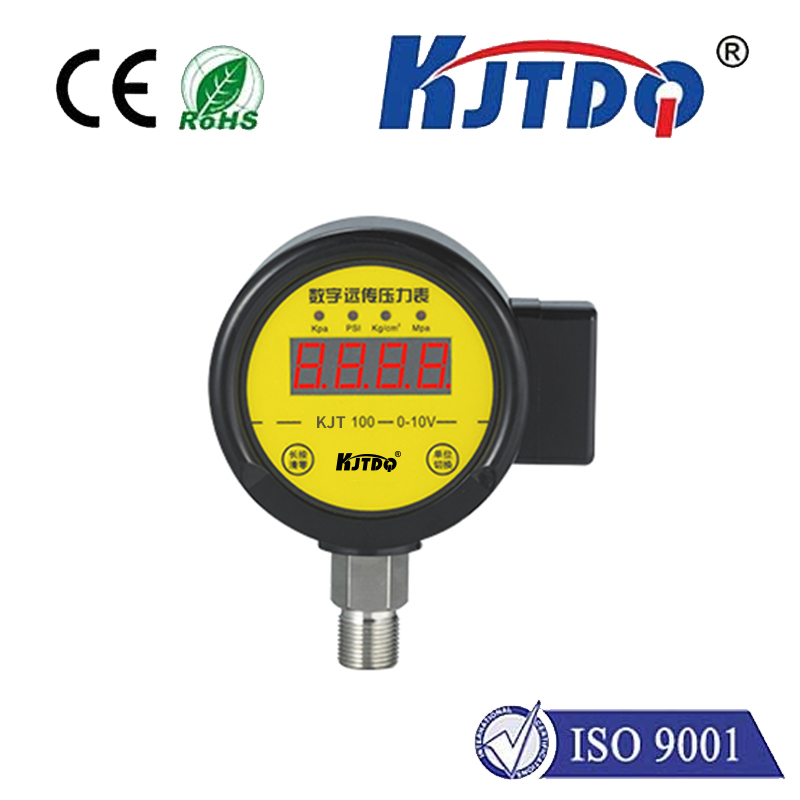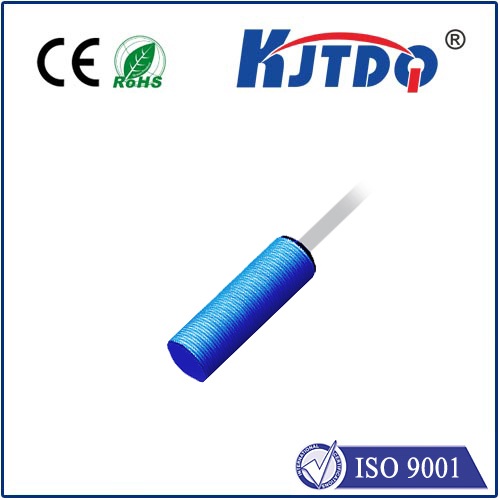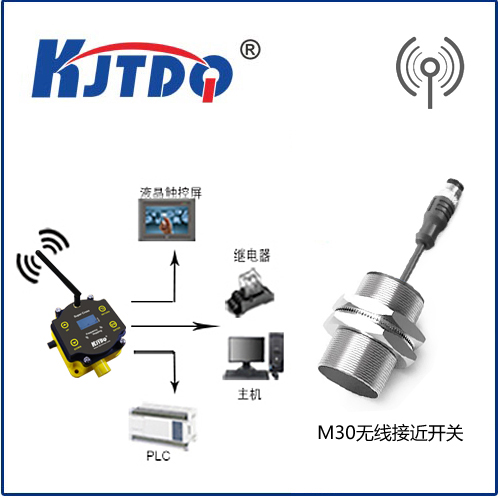LiDAR LD19: The Compact Powerhouse Redefining 3D Sensing Technology The race for precision in autonomous systems has reached a new milestone with innovations like the LiDAR LD19, a device quietly transforming industries from robotics to smart infrastructure. Imagine a sensor no larger than your palm that can map environments with millimeter-level accuracy, operate flawlessly in pitch darkness, and withstand extreme weather—all while consuming minimal power. This isn’t science fiction; it’s the reality brought to life by LiDAR LD19, a cutting-edge tool redefining what compact sensing technology can achieve.
LiDAR (Light Detection and Ranging) technology has long been the backbone of autonomous navigation, but traditional systems often face challenges like bulkiness, high costs, and limited adaptability. The LD19, developed by leading innovators in photonics, shatters these barriers. With a 360° scanning range, 10-meter detection radius, and 0.1° angular resolution, this device delivers high-fidelity 3D point clouds in real time—making it ideal for applications demanding both precision and efficiency. Unlike conventional LiDARs that struggle in fog or rain, the LD19 employs 905nm infrared lasers paired with advanced signal processing algorithms. This combination ensures reliable performance even in low-visibility conditions, a critical advantage for outdoor drones or self-guided warehouse robots.

From domestic cleaning bots to industrial arms, the LiDAR LD19 provides the “eyes” machines need to interact safely with humans. Its ability to detect subtle floor irregularities (as small as 2mm) makes it indispensable for medical robots navigating hospital corridors.
Cities deploying smart traffic systems leverage LD19’s 3D mapping to monitor pedestrian flow or detect road wear. In Barcelona, such systems reduced intersection accidents by 22% within six months of implementation.
Researchers mount the LD19 on drones to scan forest canopies or track coastal erosion. Its lightweight build allows longer flight times, while its precision aids in biodiversity conservation efforts.
While alternatives like ultrasonic or camera-based systems exist, LiDAR’s time-of-flight principle offers unparalleled reliability. The LD19 specifically eliminates common pain points:
With the global LiDAR market projected to hit $5.4 billion by 2028 (Allied Market Research), demand for versatile, scalable solutions will soar. The LD19 is poised to lead this charge, especially as industries prioritize edge computing and AI integration. Future iterations may incorporate AI-driven object classification, turning raw data into actionable insights—imagine a delivery bot that not only avoids obstacles but identifies misplaced packages. In a world increasingly reliant on autonomous systems, the LiDAR LD19 isn’t just another sensor—it’s the bridge between theoretical potential and practical innovation. Whether you’re building the next-gen autonomous vehicle or optimizing a smart factory, this device proves that big advancements truly can come in small packages.
